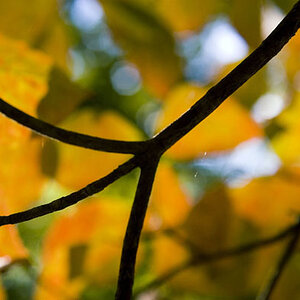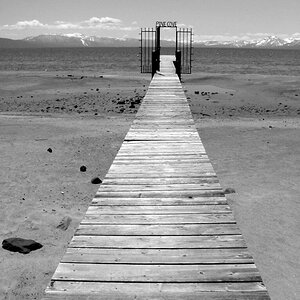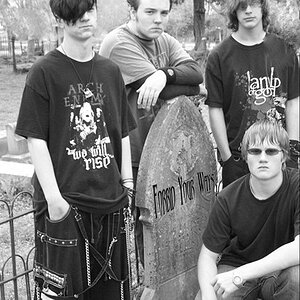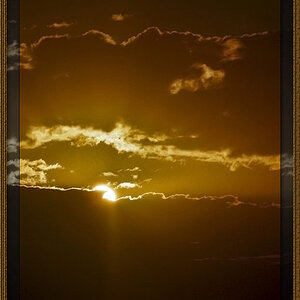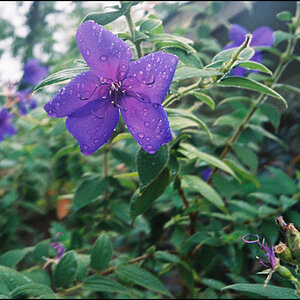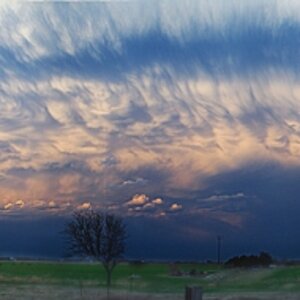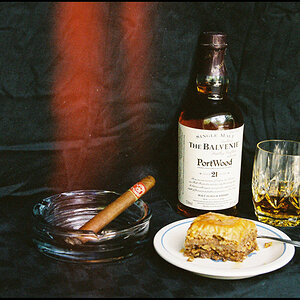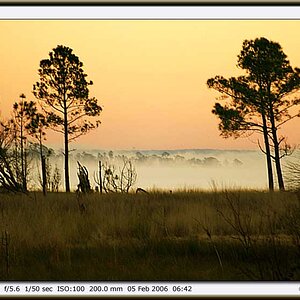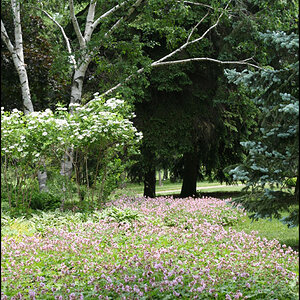Vautrin
No longer a newbie, moving up!
- Joined
- Jun 26, 2008
- Messages
- 927
- Reaction score
- 58
- Location
- It changes
- Website
- www.withoutamapphotography.com
- Can others edit my Photos
- Photos OK to edit
So I've got a question that's I've been wondering at.
Most computers and electronic devices use bytes. You have an 8 bit processor, a 16 bit processor, a 32 bit processor.
But never a 14 bit processor
Cameras however, tend to be 12 or 14 bit. My Nikon D700 uses 12 bit raw files, unless I specifically select 14 bits... Canon appears to have the same problem if I do a quick google.
Hasselblad, however, uses 16 bits. And if you look at the skin tones on a hassy, they're much better than a nikon or canon
So what's the deal? Why don't Nikon and Canon use 16 bit files?
And why stop there? My computer is 64 bits, wouldn't even a 32 bit depth provide a much better photo
Most computers and electronic devices use bytes. You have an 8 bit processor, a 16 bit processor, a 32 bit processor.
But never a 14 bit processor
Cameras however, tend to be 12 or 14 bit. My Nikon D700 uses 12 bit raw files, unless I specifically select 14 bits... Canon appears to have the same problem if I do a quick google.
Hasselblad, however, uses 16 bits. And if you look at the skin tones on a hassy, they're much better than a nikon or canon
So what's the deal? Why don't Nikon and Canon use 16 bit files?
And why stop there? My computer is 64 bits, wouldn't even a 32 bit depth provide a much better photo


